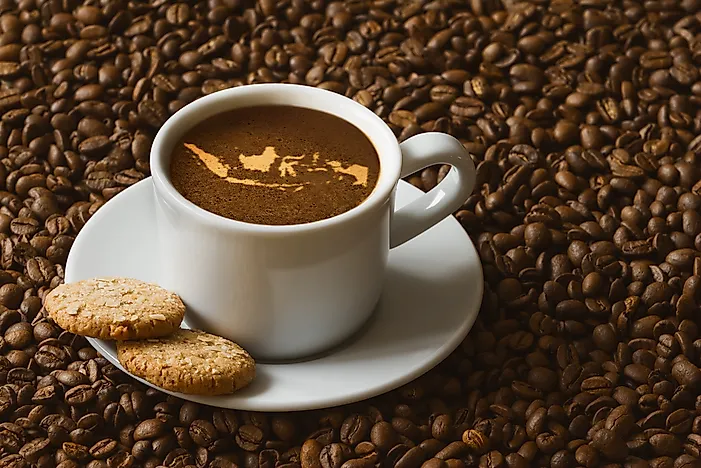
Espresso is the basis for the majority of the coffee and milk based drinks on the menu. The product expenses are around 15 cents to make a shot of espresso, and about 35-40 cents to make a latte, cappuccino or mocha ? Naturally, location, staffing and devices add a lot to the expense, but the low consumable costs vs. high market prices are one of the main reasons lots of coffee bars are emerging in towns throughout America.
Follow the link for the full article other interesting espresso facts.
This guide provides the practical details required for you to select the best espresso devices for your home, office, or business. Without a firm understanding of the different espresso makers, the choice process might be somewhat overwhelming and complicated simply due to the fact there are a lot of models to pick from. This guide is not really brief, however investing the time to read it will greatly improve your purchasing experience.
Espresso is simply another technique by which coffee is brewed. There are various ways of brewing coffee that include using a stove top coffee machine, percolator, French press (or coffee press), vacuum pot and others. Espresso is brewed in its own special way.
Espresso is a drink that is produced by pushing hot water, between 192F and 204F, at high pressures, through a bed of finely ground, compressed coffee. The shot is brewed for around 25 to 30 seconds, and the same time uses to both a double or single shot (double baskets are larger, with more screen location, and the coffee streams much faster - single baskets limit the flow more, leading to 1.5 ounces in 25-30 seconds).
An espresso machine brews coffee pushing pressurized water around boiling point through a "puck" of coffee grounds and a metallic filter in order to create a syrupy, focused coffee named espresso. The first equipment for brewing espresso was constructed and patented in 1884 by Angelo Moriondo in Italy. Check this Twitter Moments collection for an in-depth introduction to the espresso machine.
⚡️ “How to Choose an Espresso Machine” by @coffeeblogger1 https://t.co/sTC6SIx6Yw
— Coffee Lover (@coffeeblogger1) February 28, 2021
Crema is one of the visual signs of a quality shot of espresso. In Italy, where most true espresso is bought in a coffee shop, it is popular to lift cup and saucer, smell the shot, and drink it in 3 or 4 rapid gulps.
Espresso is confusing because typically, it isn't prepared properly. Real espresso, brewed with a pump or piston driven espresso device is very demanding on the poor coffee bean grinds. But prior to we enter into the relative 'torture' that ground coffee is put through to produce an exceptional espresso, let us take a step back and talk about a bit more the misconceptions about the beverage.
Espresso is not a type of bean: This is a common mistaken belief, and incorrect marketing by coffee chains, grocery stores, and even word of mouth provide the impression that espresso is a type of bean. Any coffee bean can be used for espresso, from the most typical Brazils to the most exotic Konas and Ethiopian Harar coffees.
Espresso is not a type of coffee beans blend: This one is likewise a common misunderstanding, however with some fact to the claim because there are specific blends created for espresso. The problem is, many individuals believe there is only one type of blend that is matched for espresso. Many high quality micro roasters would disagree with this - Roaster Craftsmen the world over work diligently on their own version of "the perfect espresso blend".
Espresso is not a Roast Type: Another popular misconception is that espresso can only be roasted one method (and normally the idea is that espresso should be incredibly dark and shining with oils). The Northern Italian method of roasting for espresso is producing a medium roast, or more frequently known as a "Complete City" roast if you like on the west coast of the U.S.A..
Espresso is the basis for many of the coffee and milk based beverages on the menu. Espresso is a drink that is produced by pressing hot water, between 192F and 204F, at high pressures, through a bed of carefully ground, compressed coffee. True espresso, brewed with a pump or piston driven espresso maker is really demanding on the bad coffee bean grinds. Espresso is not a type of blend: This one is also a typical misunderstanding, but with some truth to the claim in that there are particular blends created for espresso. Espresso is not a Roast Type: Another popular misconception is that espresso can just be roasted one way (and usually the idea is that espresso must be very dark and glowing with oils).
The full guide, and more espresso brewing info at Coffee-Brewing-Methods.com